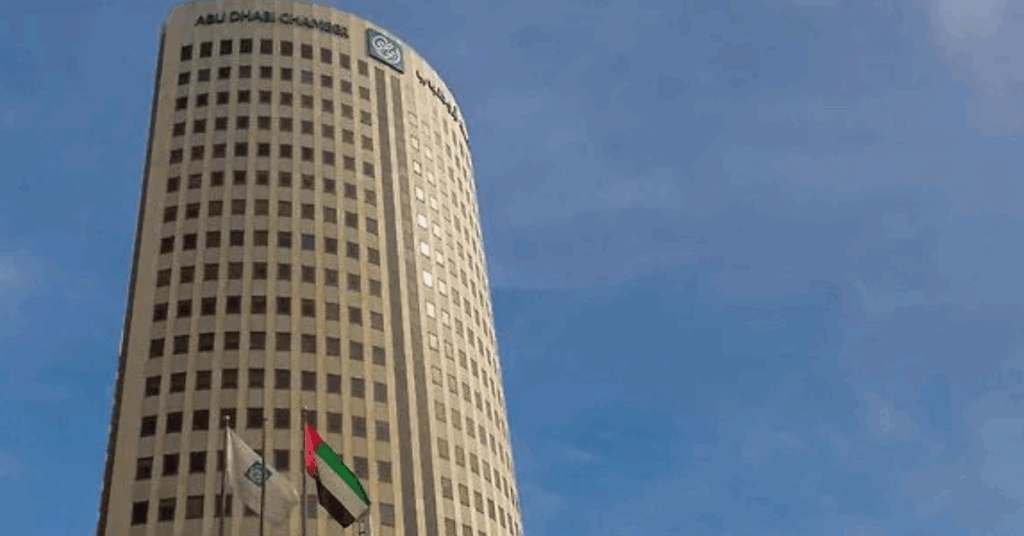Abu Dhabi’s business community continued its upward trajectory, with Chamber of Commerce and Industry membership rising by 4.9% year-on-year, surpassing 158,000 registered companies, as revealed in a statement on Friday.
Key growth areas emerge
Among the standout sectors, agriculture, forestry, and fishing recorded a striking 21% growth. The arts and entertainment sector followed with a 13% increase, while information and communication technology and technical activities grew by 10%.
Other areas showing notable gains included water and waste management (9%), real estate and administrative services (8%), education (7%), transport and storage (6%), and mining and quarrying (5%). Construction, manufacturing, and financial services continued to register moderate growth around 3%.
Community engagement and policy development
Over 1,000 private sector professionals participated in 69 events and 10 training workshops hosted by the Chamber. In parallel, 15 advocacy groups engaged in driving regulatory reform, supported by the publication of 364 economic research reports.
Strengthening international ties
In a strategic expansion move, the Chamber inaugurated its first overseas office in Poland and formalised 25 cooperation agreements. It processed more than 18,900 enquiries, with a high satisfaction rate of 90.23% on the TAMM digital services platform.
The Al Ain branch launched a fresh initiative to support small enterprises in the agriculture, tourism, and retail sectors. Through site visits and direct engagement, the programme identifies key barriers and opportunities to inform future trade and support strategies.
Broader economic performance
Abu Dhabi’s non-oil foreign trade rose by 9% in 2024, while exports increased by 16% and re-exports by 11%. The emirate posted GDP of $79.2 billion in Q1 2025, a 3.4% annual growth. Non-oil sectors grew 6.1%, led by manufacturing, construction, finance, tech, and transport, together accounting for 56.2% of GDP.
The UAE’s non-oil private sector remained resilient through June, despite geopolitical tensions in the region.

